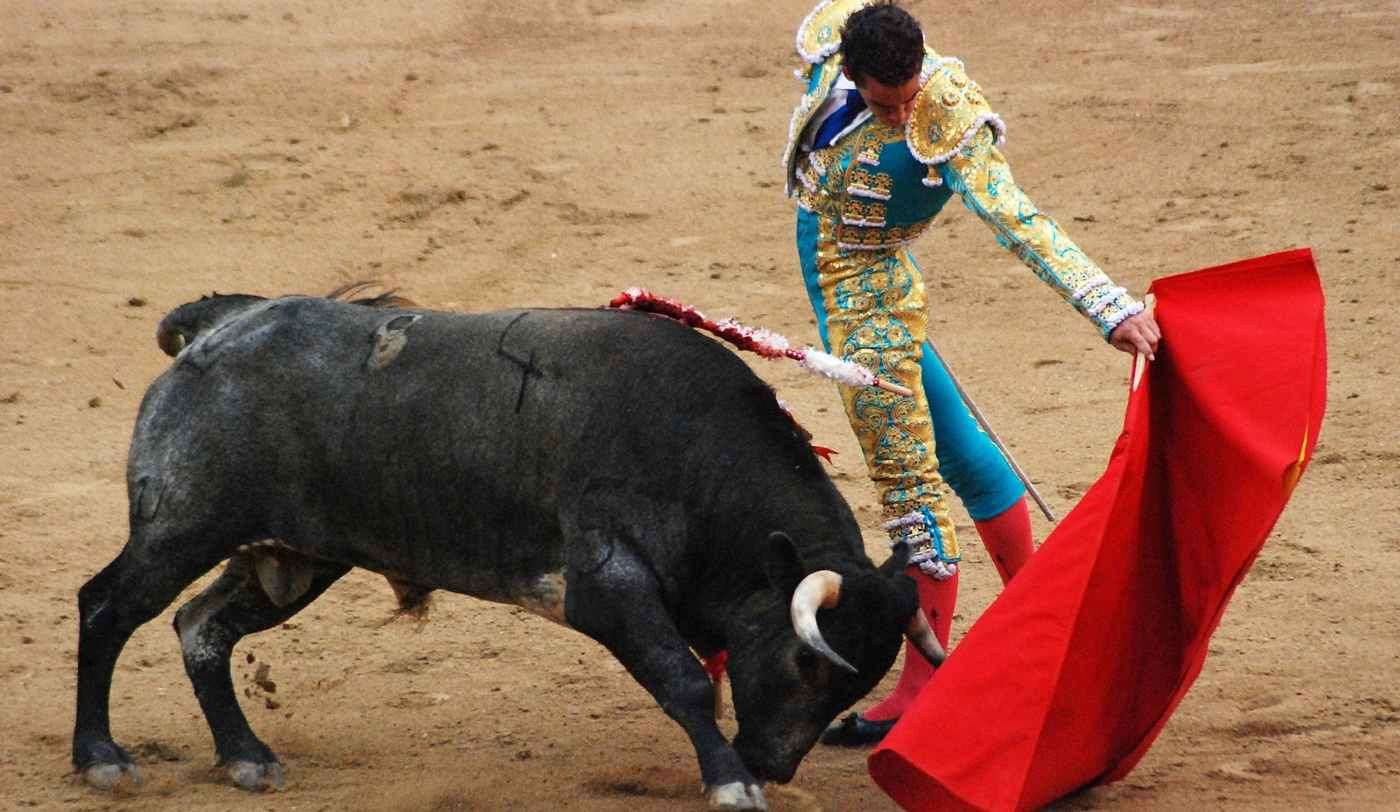After Her Dog Died, 100-Year-old was 'Sad and Quiet' Until Daughter Finds Gucci-An Adoptable Senior Chihuahua
Having never touched a cigarette nor a drop of alcohol, she attributes her many years to being surrounded by animals.

Bullfighting is a romantic Spanish tradition that is said to be a tragedy ballet between the man and the bull. However richly that culture is ingrained in the traditions and histories of Spain, and by extension, Mexico, there's no escaping the fact that for the bulls, who almost always lose the "fight," it's just a tragedy, without any romance.
For that reason, a majority of Mexican citizens recently polled supported a total moratorium on bullfighting in Mexico because the "animals are subject to mistreatment and cruelty that result in their death," according to the Mexican assembly's Animal Welfare Commission.
Bullfighting organizations have said they will appeal and contest the ban in Mexico City, however a higher court has already upheld a ban ruling against an appeal. Four states have already totally banned bullfighting, which historians believe may have passed the half-millennial anniversary in the country last year.
ABC news reports that a judge originally decreed a temporary ban in May, based on complaints that bullfights violated resident's rights to a healthy environment free from violence. The decision will now be made on whether or not the ban should be permanent.
Currently, La Plaza Mexico in the capital is the world's largest bullfighting venue, where matadors, toreadors, and picadors attempt to evade the fury of the bull, while repeatedly stabbing it with slightly-chemically-treated javelins to slowly weaken the animal before the toreador can finish it off with a thrust of his sword.
Throughout history, the peoples of the Mediterranean and Mesopotamia have been fascinated with antagonizing uncastrated male bovines. In ancient Mycenae, the "bull leapers" fresco dates this tradition back at least 3,400 years. Along with the Running of the Bulls in Pamplona, the Spanish brought about bullfighting at least as early as 1128 CE, when the general El Cid was said to be exceptional.
The bullfight we know today, done on foot with the red curtain, was first held at the turn of the 19th century, by Francisco Romero, in Ronda, Spain.
Bullfighting advocates say that it's a kind of shared or intangible world heritage.
In the documentary Gored, about one of the most famous of recent matadors, advocates say the tragedy about the "ballet" between the bull and the matador, which ends at the thrust of a sword, is that the matador loves the animal, and that in order for the show-bordering on a ritual, to be executed perfectly, the matador in fact must love the bull with all his heart. Therefore when it ends, there is chiefly sorrow for him.
Perhaps it's correct then that the tradition itself, like the bull, and the ballet, ends.
SPREAD This Good News in the Name of Animal Welfare Far and Wide…
Be the first to comment